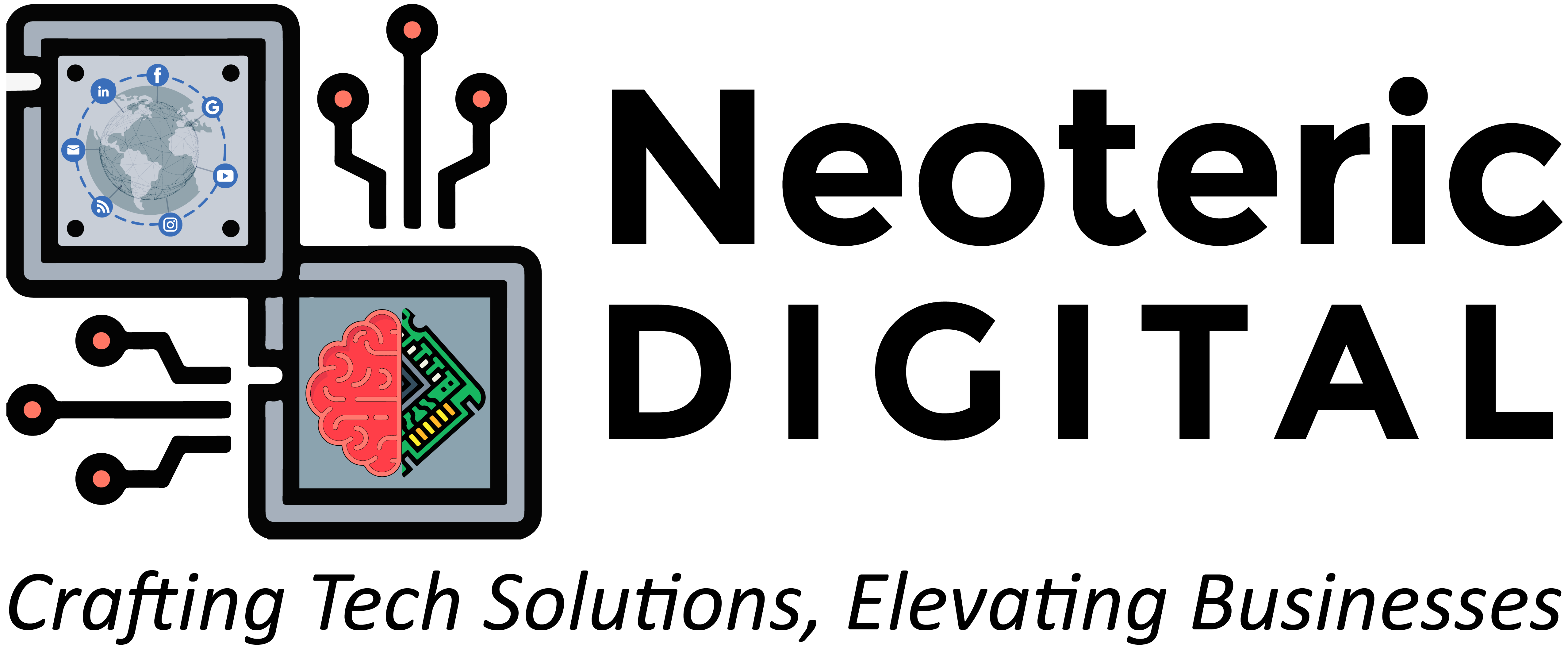In the ever-accelerating world of technology, there are years of evolution—and then there are years of revolution. The 2025 Tech Revolution is the latter.
We’re not just witnessing incremental change. We’re watching entire industries shift under the weight of smarter algorithms, decentralized infrastructure, and cloud-native thinking. The question for businesses is no longer “Should we adopt tech?”—it’s “Are we moving fast enough to stay relevant?”
As a technology company working across AI, blockchain, cloud, and web development, here’s what we’re seeing—and what it means for you.
AI Has Evolved From Tool to Team Member
Not long ago, AI was a nice-to-have—a chatbot here, a recommendation engine there. In 2025, it’s becoming a core part of daily operations. Businesses are using AI not just to automate, but to anticipate, adapt, and act.
- Marketing teams are generating entire campaigns in minutes using generative AI.
- Retailers are forecasting inventory weeks in advance with predictive analytics.
- Support teams are resolving customer issues before they escalate.
At our company, we’ve seen clients cut manual workload by over 40% just by integrating intelligent data extraction and automated report generation. And we’re only scratching the surface.
The smartest businesses are the ones who treat AI like a partner—not just a plugin.
Blockchain: From Crypto Craze to Practical Powerhouse
Let’s be honest: the crypto hype faded. But the underlying tech quietly matured.
In 2025, blockchain isn’t about memes or moonshots. It’s about:
- Seamless smart contracts replacing paper-based agreements.
- Decentralized apps offering greater transparency.
- Blockchain wallets enabling secure, borderless payments.
Whether it’s supply chain verification or secure digital identity, blockchain is proving its value—in ways that are quieter but far more powerful than the hype ever was.
At our firm, we’re helping businesses use blockchain where it truly makes sense: to build trust, automate compliance, and reduce fraud.
Coming to the Cloud. It Isn’t Optional—It’s Inevitable
If you’re still debating cloud adoption, you’re already behind. In 2025, the shift isn’t to the cloud—it’s to cloud-native thinking.
We’re talking:
- Serverless systems that scale on demand.
- Real-time data syncing via edge computing.
- Multi-cloud strategies that protect against downtime and vendor lock-in.
We’ve helped startups launch MVPs in days and scale globally in weeks, all because cloud-native tools remove friction—and cost.
In a world where time-to-market defines winners, the cloud is your launchpad.
Websites Are No Longer Just Websites
Your website isn’t just a place to showcase your business. It is your business.
With tools like Next.js, headless CMSs, and AI personalization, modern websites are becoming:
- Digital storefronts that adapt to each visitor.
- Content engines that feed SEO and social.
- Interactive hubs for user engagement.
We’re helping brands rethink their entire web presence—not as a cost center, but as a revenue driver. If your site doesn’t engage, convert, or adapt, you’re losing ground and we are here to help you not lose it.
Security Isn’t a Department—It’s a Design Philosophy
One of the biggest shifts in 2025? Cybersecurity is being baked in, not bolted on.
With breaches making headlines monthly, businesses are embedding security at every layer—code, infrastructure, and user experience. Zero-trust architecture and real-time monitoring are the new norm.
We approach every project—from a small web app to a blockchain wallet—with security-first engineering. Because nothing kills innovation faster than a preventable breach.
Final Thoughts: The Gap Is Widening
Here’s the hard truth: in 2025, the gap between tech-forward companies and everyone else is growing. Businesses that embrace innovation—not just in tools, but in mindset—are pulling ahead.
We built our company to help others close that gap. Whether you’re exploring AI, upgrading your cloud, or launching a smarter website, we’re here to make tech work for you.
Ready to future-proof your business? Let’s talk.

Leave a Reply